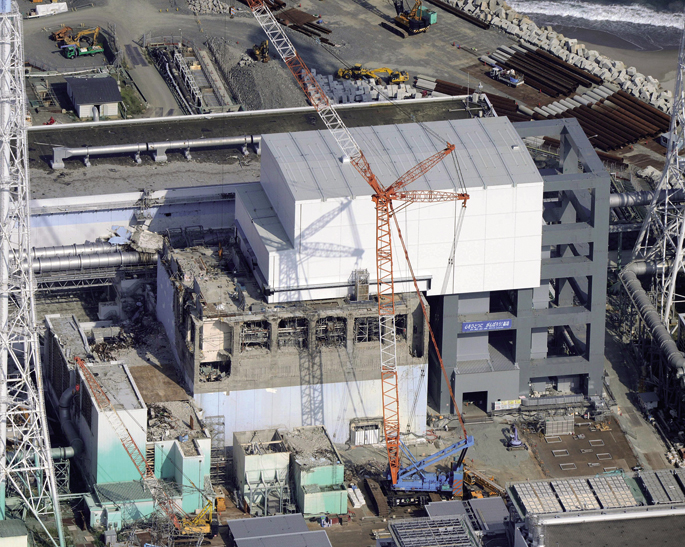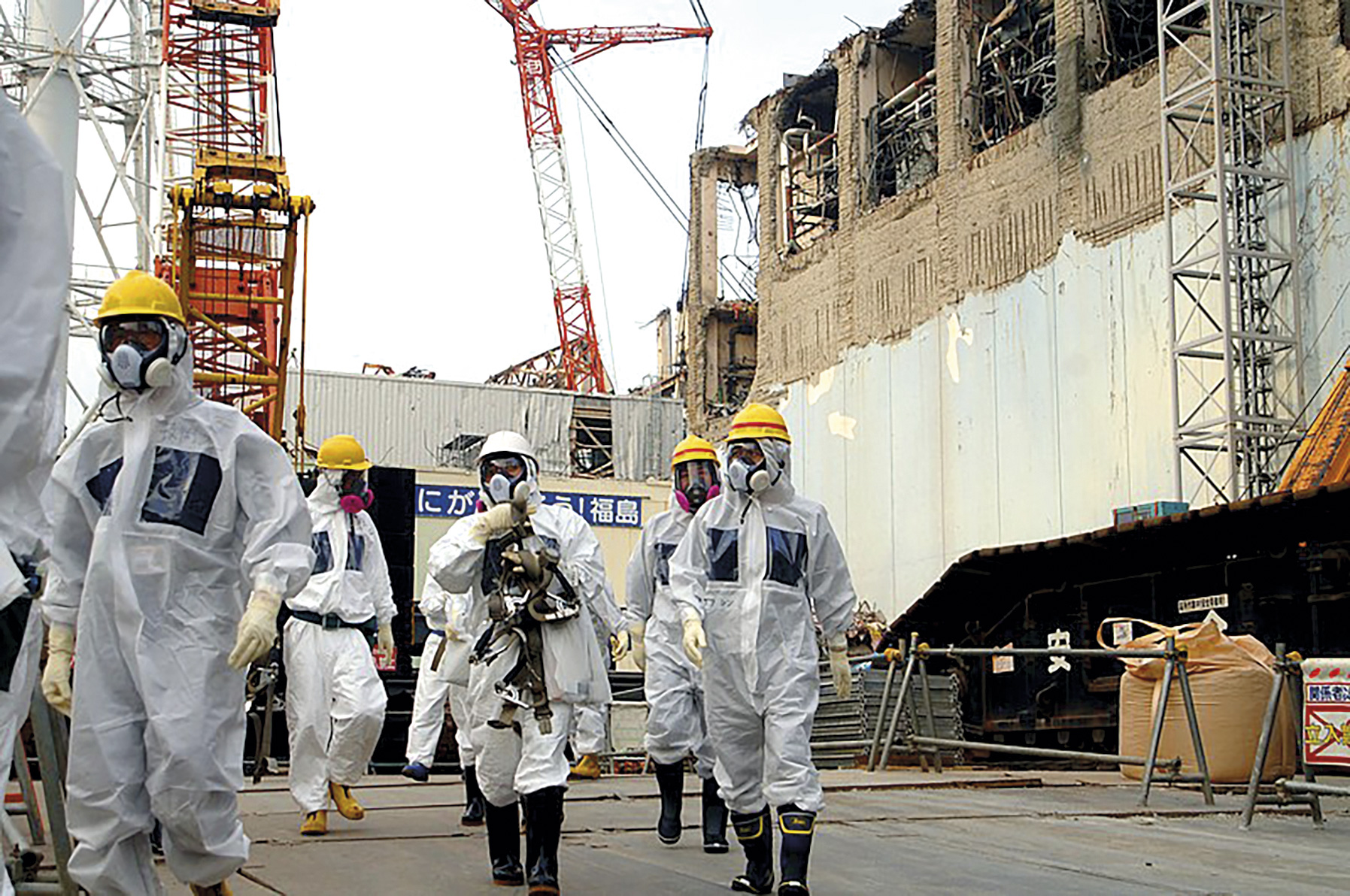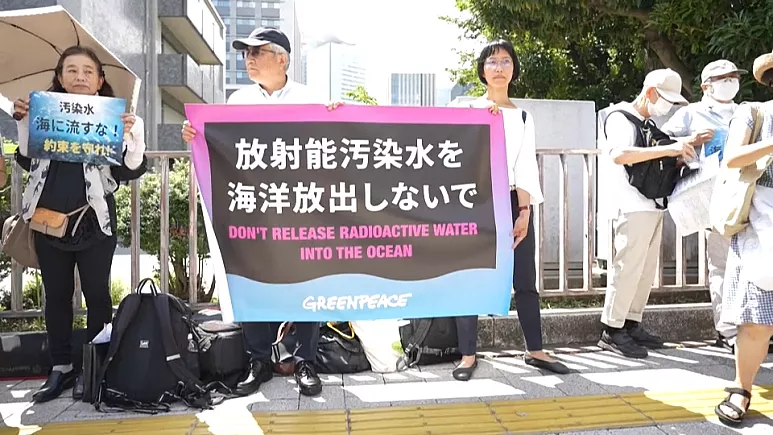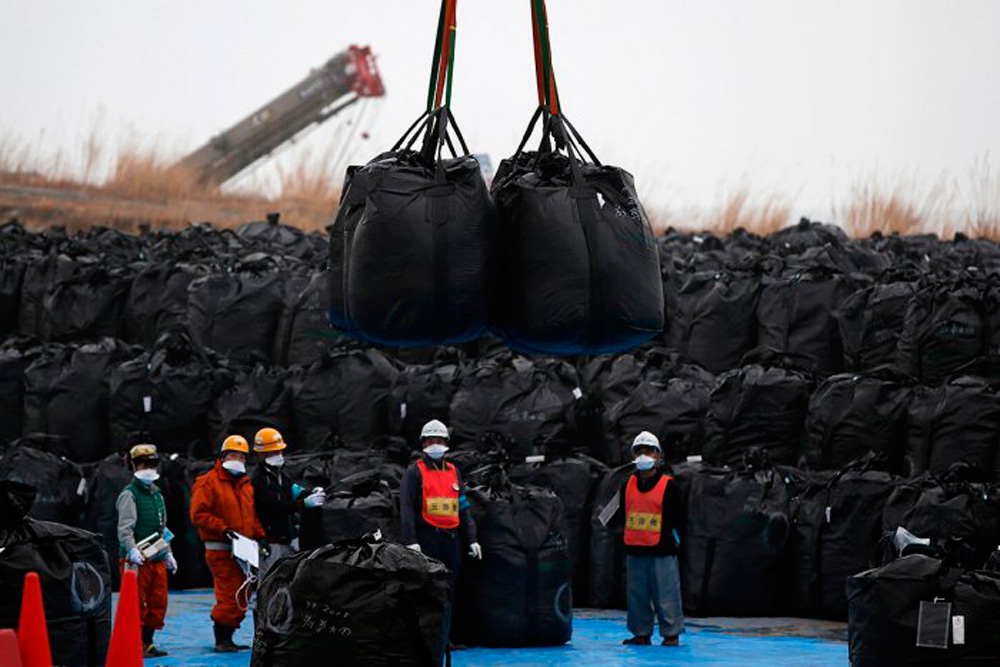Fukushima: repair 40 years earlier

At the end of the year, the Japanese company TEPCO, which runs the Fukushima nuclear power plant, gave us good news: that the 1,533 fuel rods that were in the pool of the fourth reactor were moved to another safer pool.
1,331 rods were used, while the other 202 were not. Although they are still in the Fukushima nuclear power plant, they have been relocated in a safer place. The work, which has lasted for a year, has been carried out under very harsh and very harsh conditions. At the moment, it does not appear that there have been any health problems for workers, at least immediately. But problems can arise in the future.
The work has been technically published as important steps; as we have often commented on in these lines, we must not forget that Fukushima is currently an experimental laboratory. The success of the operation is therefore satisfactory.
However, there are reasons to worry. Reactor 4 area appears not to be affected, while reactor 1 and reactor 3 area is affected. What does this mean? Another thing is to get fuel out of the pools of these two reactors. Work to get one of the first reactors will start in the years 2015-2016, and those of the three reactors in 2017-2018. The minimum duration of works is 40 years. Why? Because they don't know where to start, because they don't know the actual state of the areas and they don't control the state of the groundwater.
Setting a 40-year deadline means leaving the problem to future generations and saying “we don’t know what’s going to happen.” And what's worse, to recognize that, for at least a whole generation, Fukushima is going to continue to transmit radioactivity.

























